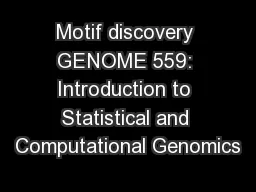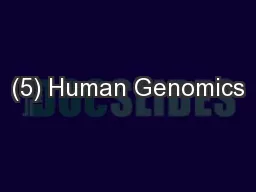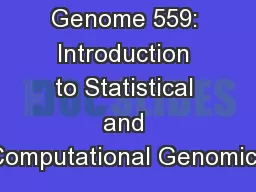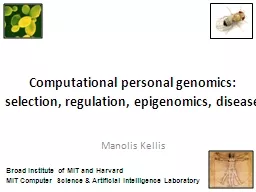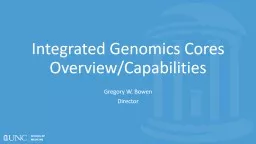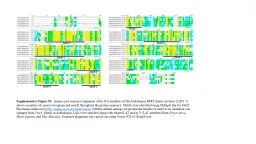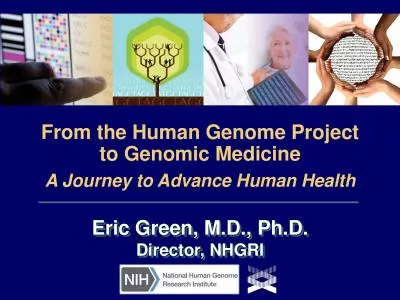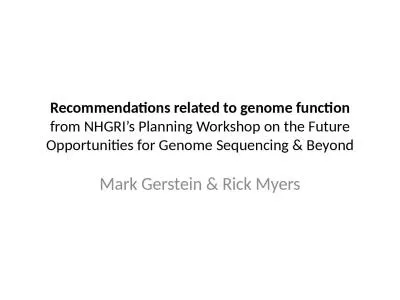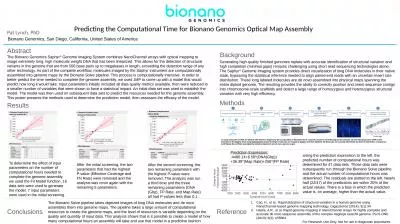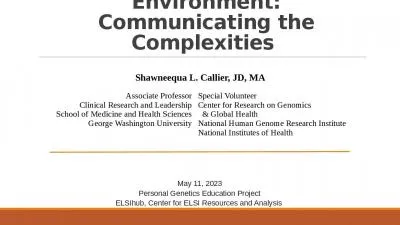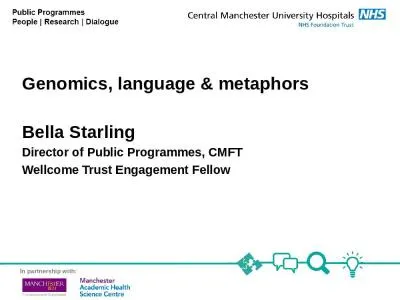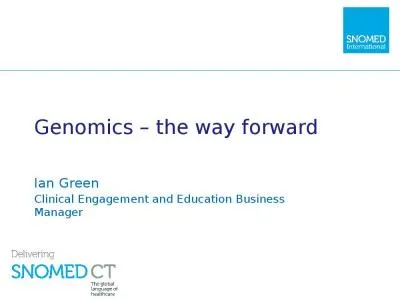PPT-Motif discovery GENOME 559: Introduction to Statistical and Computational Genomics
Author : ellena-manuel | Published Date : 2019-02-17
Prof William Stafford Noble Stuff folks liked Good pace x3 Powerpoint was easy to follow x2 Really appreciate reading the program step by step x2 Helpful to go over
Presentation Embed Code
Download Presentation
Download Presentation The PPT/PDF document "Motif discovery GENOME 559: Introduction..." is the property of its rightful owner. Permission is granted to download and print the materials on this website for personal, non-commercial use only, and to display it on your personal computer provided you do not modify the materials and that you retain all copyright notices contained in the materials. By downloading content from our website, you accept the terms of this agreement.
Motif discovery GENOME 559: Introduction to Statistical and Computational Genomics: Transcript
Download Rules Of Document
"Motif discovery GENOME 559: Introduction to Statistical and Computational Genomics"The content belongs to its owner. You may download and print it for personal use, without modification, and keep all copyright notices. By downloading, you agree to these terms.
Related Documents

